Introduction
Chittorgarh Fort, often called the pride of Rajasthan, is not just a colossal stone-and-mortar structure. It stands as a symbol of Rajput’s courage, sacrifice, and heroism. Spanning 700 acres and perched atop a 180-meter-high hill, this UNESCO World Heritage Site tells a thousand stories etched in its walls, temples, palaces, and towers. Known for the bravery of its kings and queens, Chittorgarh Fort is a treasure trove of history and architectural marvels that continues to mesmerize visitors to this day.
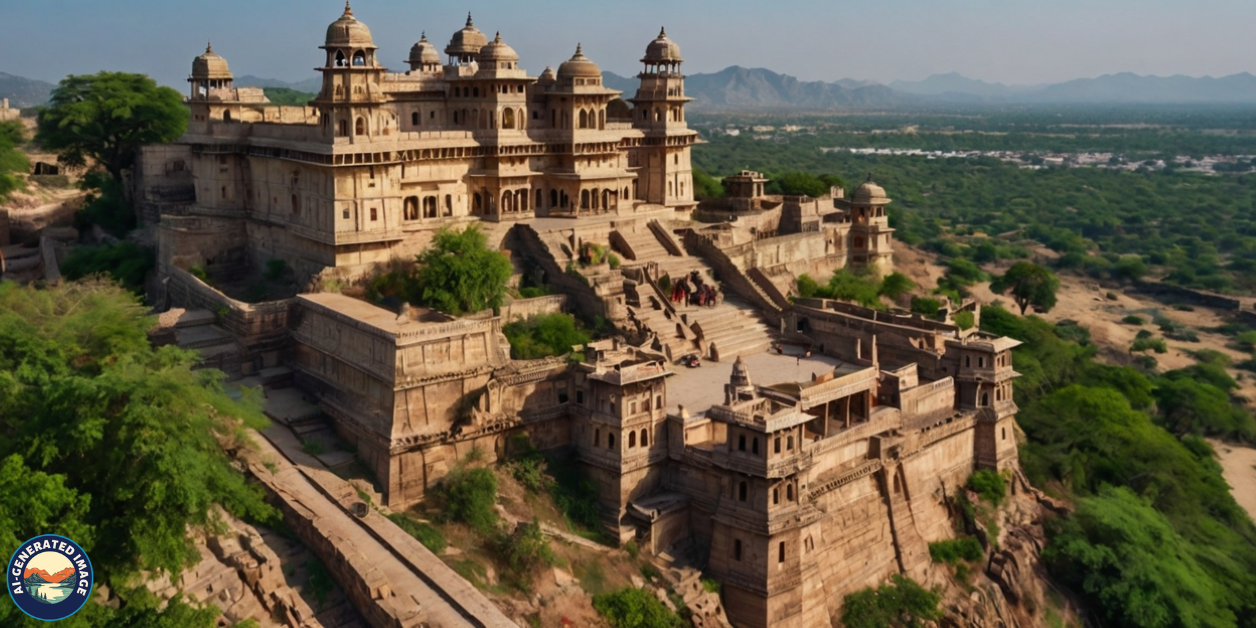
History
The fort was built in the 7th century by the Mauryans, making it one of India’s oldest fortresses. Over the centuries, Chittorgarh Fort witnessed numerous battles, serving as the capital of the Mewar Kingdom. It rose to prominence during the Rajput era, becoming a stronghold of the Sisodia dynasty. Each battle fought within its walls is a testament to the Rajput spirit, with warriors defending it against powerful invaders like Alauddin Khilji.
Architectural Grandeur
Chittorgarh’s architecture reflects the grandeur and splendor of Rajputana craftsmanship. The fort is renowned for its massive gateways, intricate carvings, and robust defensive walls. Rajputana architecture is characterized by its blend of functionality and aesthetics, and Chittorgarh Fort epitomizes this with its strategic layout and artistic details. In comparison to other Rajasthani forts like Kumbhalgarh and Amer, Chittorgarh’s massive scale and the variety of its structures make it truly stand out.
Major Structures
The fort is home to many stunning structures that speak volumes of the artistry and cultural significance of the period.
The Vijay Stambha (Victory Tower)
Built by Maharana Kumbha in 1448, this 9-story tower celebrates his victory over the Sultan of Malwa. Standing at 122 feet, it’s a masterpiece of Rajput art, with intricate carvings depicting Hindu deities.
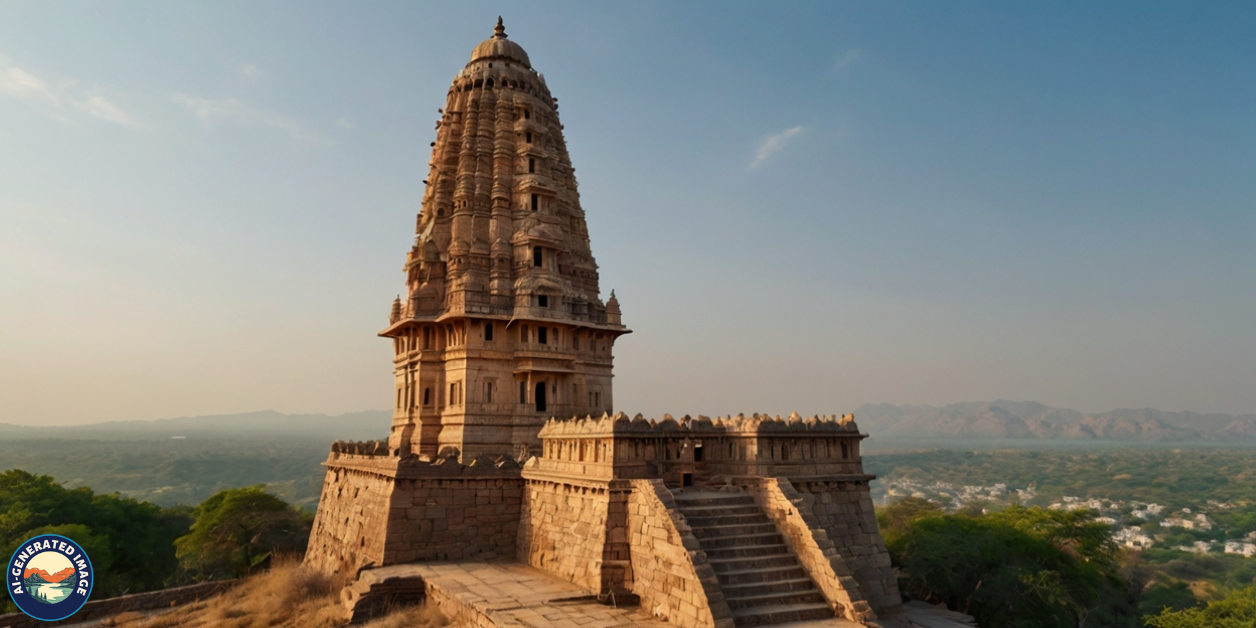
The Kirti Stambha (Tower of Fame)
This smaller but older tower, built in the 12th century, is a Jain monument dedicated to the first Jain Tirthankara, Rishabha. Its carvings highlight the religious diversity within the fort.
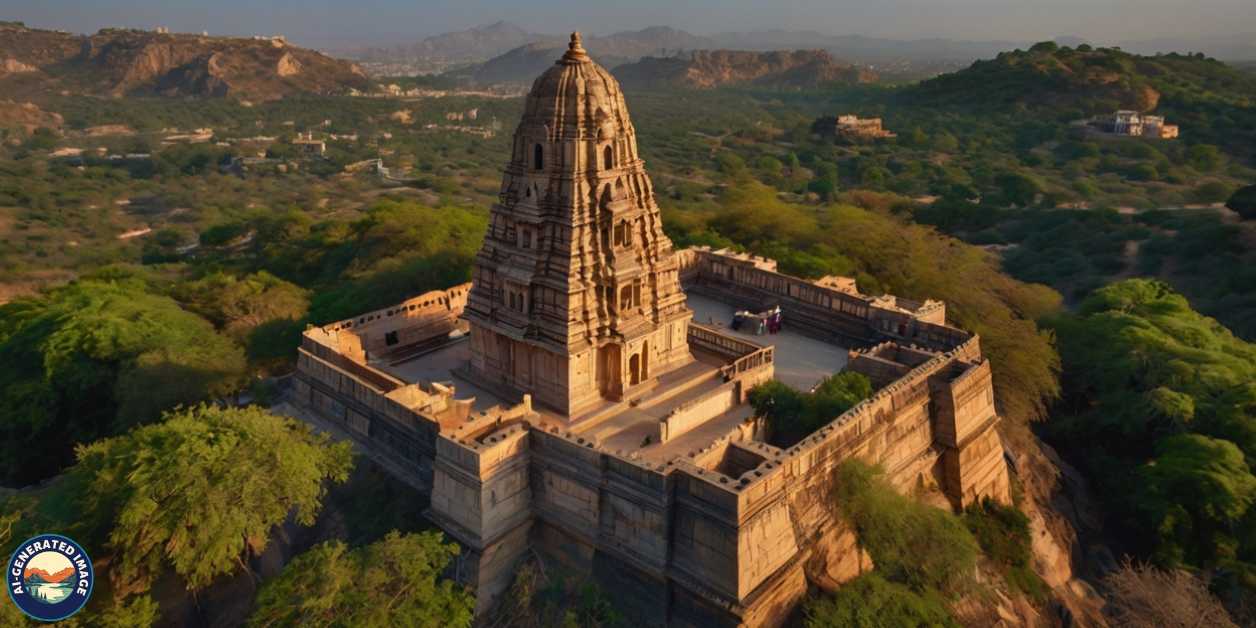
Rana Kumbha Palace
Once the residence of the mighty ruler Rana Kumbha, this palace, though in ruins, still retains its grandeur. It’s where the legendary Rani Padmini performed Jauhar to protect her honor.

Rani Padmini’s Palace
A beautiful white structure surrounded by water, this palace holds the tragic tale of Rani Padmini. It’s said that Alauddin Khilji first saw her reflection here, leading to one of the most significant battles in Chittorgarh’s history.
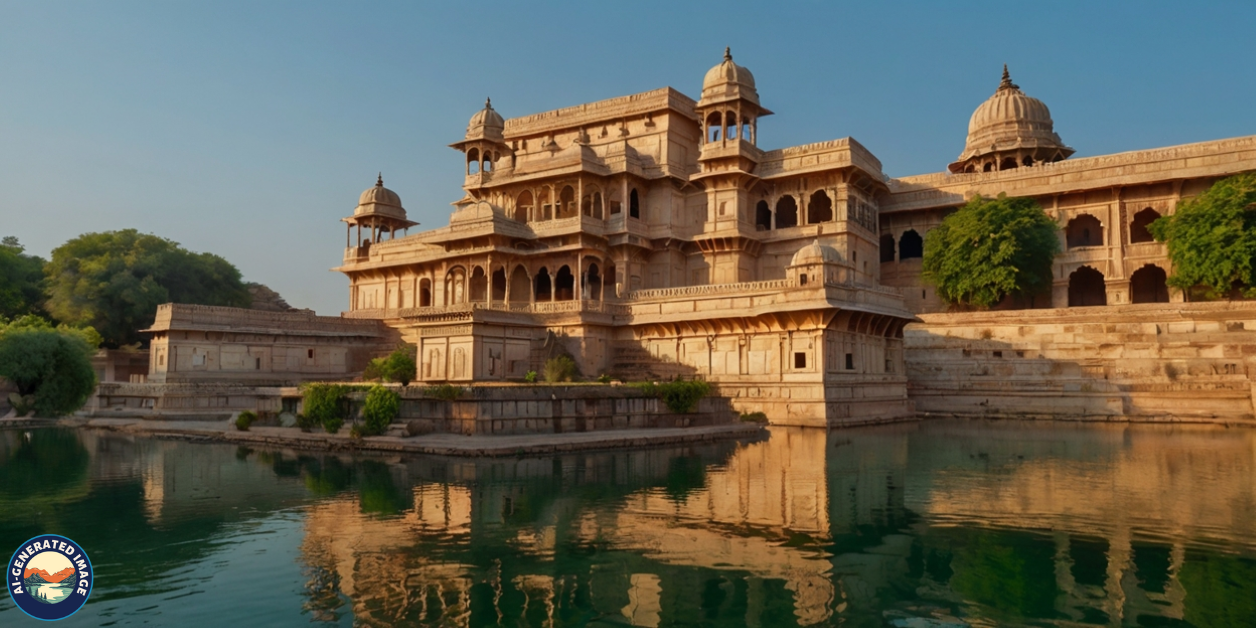
Gaumukh Reservoir
This reservoir, fed by a natural spring, is shaped like a cow’s mouth, giving it its name. It’s a peaceful spot within the fort and a source of fresh water for centuries.
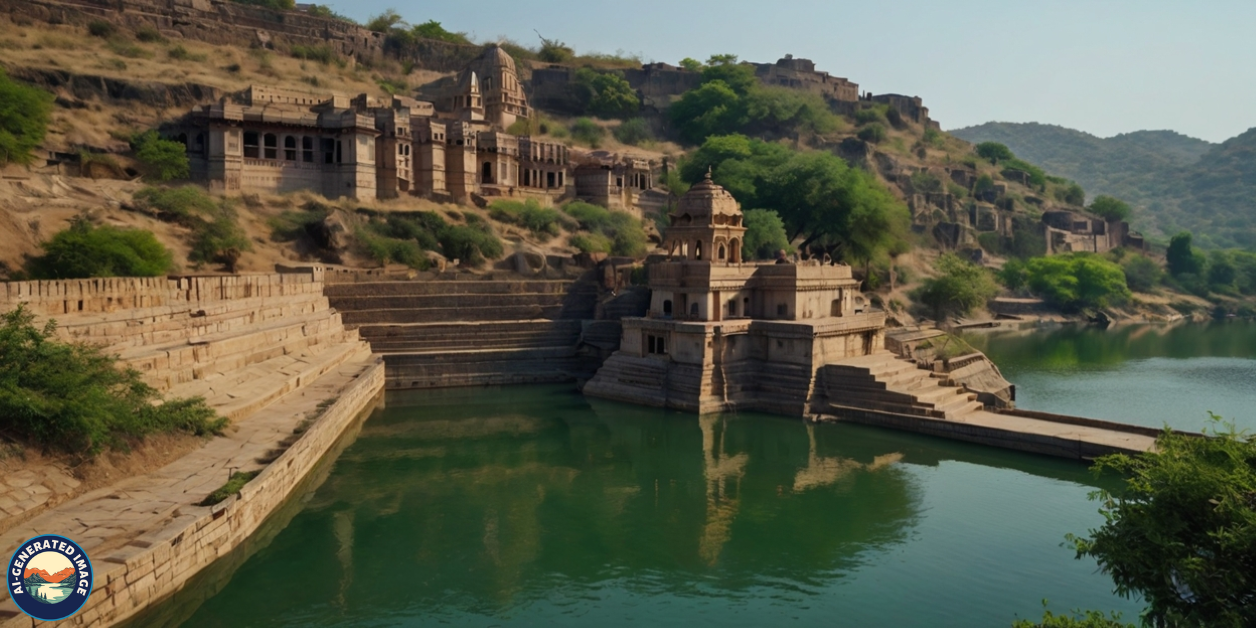
Kalika Mata Temple
Originally dedicated to the Sun God, this temple was later converted to honor Goddess Kali. It’s one of the most revered spots in the fort, showcasing the spiritual importance of Chittorgarh.

The Legendary Story of Rani Padmini
Rani Padmini’s tale is perhaps the most enduring legend of Chittorgarh Fort. According to lore, she was famed for her beauty and courage. When Alauddin Khilji laid siege to the fort in 1303, his main aim was to capture Rani Padmini. To avoid this dishonor, she, along with other Rajput women, committed Jauhar, a self-immolation practice, choosing death over captivity.
Her story continues to inspire awe and respect, making Chittorgarh a symbol of sacrifice.
Battles and Sieges
Chittorgarh Fort was attacked three times, each siege leaving a deep mark on its history. The most famous siege was by Alauddin Khilji, but the fort also saw fierce battles involving Bahadur Shah of Gujarat and Mughal Emperor Akbar. Despite being repeatedly attacked, the Rajputs never surrendered easily, and their bravery became legendary across the subcontinent.
Cultural and Religious Significance
Chittorgarh is more than a fort; it’s a living testament to Rajput pride, courage, and devotion to their faith. The fort houses numerous temples, each showcasing the spiritual dedication of its people. From the Kalika Mata Temple to the Jain Kirti Stambha, Chittorgarh is a center of cultural and religious unity.
The Art and Symbolism
The fort’s architecture isn’t just about defense; it’s also steeped in symbolism. The towers and temples reflect the spiritual and artistic aspirations of the Rajputs. Every structure tells a story, from victory to sacrifice, pride to faith. Artifacts and relics discovered here add to the richness of its history.
Present-Day Chittorgarh Fort
Today, Chittorgarh Fort is a popular tourist destination, attracting history buffs, photographers, and spiritual seekers alike. Its status as a UNESCO World Heritage Site ensures that its rich legacy is preserved for future generations. Various festivals, like the Maharana Pratap Jayanti, are celebrated here, adding to the fort’s living heritage.
How to Reach
Reaching Chittorgarh is convenient with multiple options available. The nearest airport is Udaipur, about 100 km away. Chittorgarh also has a well-connected railway station and can be easily accessed via road from major cities like Jaipur and Delhi.
Best Time to Visit
The ideal time to explore Chittorgarh is from October to March when the weather is pleasant. During these months, the fort’s surroundings come alive with festivals, making it the perfect time to soak in the local culture.
Exploring the Surroundings
Chittorgarh isn’t just about the fort. Nearby attractions like the Bassi Wildlife Sanctuary and Sanwariyaji Temple make it a complete travel destination. Visitors can also find comfortable accommodations ranging from heritage hotels to budget options.
Conclusion
Chittorgarh Fort is more than just a historical monument; it’s a living legend. With its deep history, architectural marvels, and tales of bravery, it remains a must-visit destination for anyone interested in India’s rich past. Whether you are a history enthusiast or simply a traveler looking to experience something extraordinary, Chittorgarh has something for everyone.
FAQs
1. What is the best time to visit?
The best time to visit is between October and March, during the cooler months.
2. How long does it take to explore the fort?
On average, it takes about 4 to 5 hours to explore the main sites within the fort.
3. Are there any entry fees for Chittorgarh Fort?
Yes, there is a nominal entry fee for visitors, and additional charges may apply for photography.
4. What are the top attractions inside the fort?
Key attractions include Vijay Stambha, Kirti Stambha, Rani Padmini’s Palace, and the Rana Kumbha Palace.
5. Can I hire a guide for a tour of the fort?
Yes, guided tours are available, and hiring a guide is highly recommended for a deeper understanding of the fort’s history.
